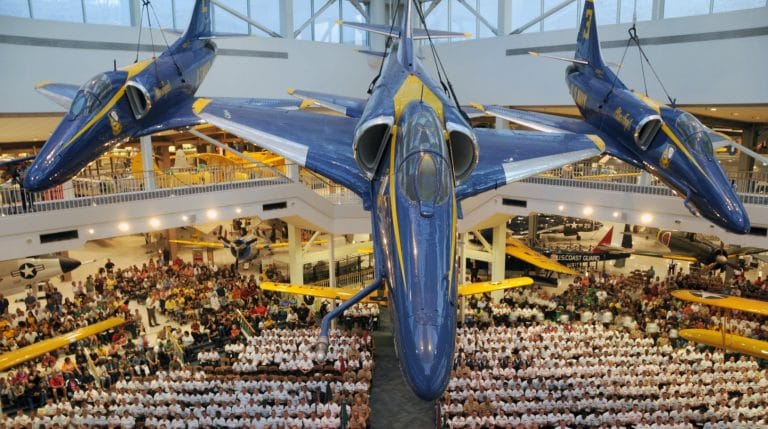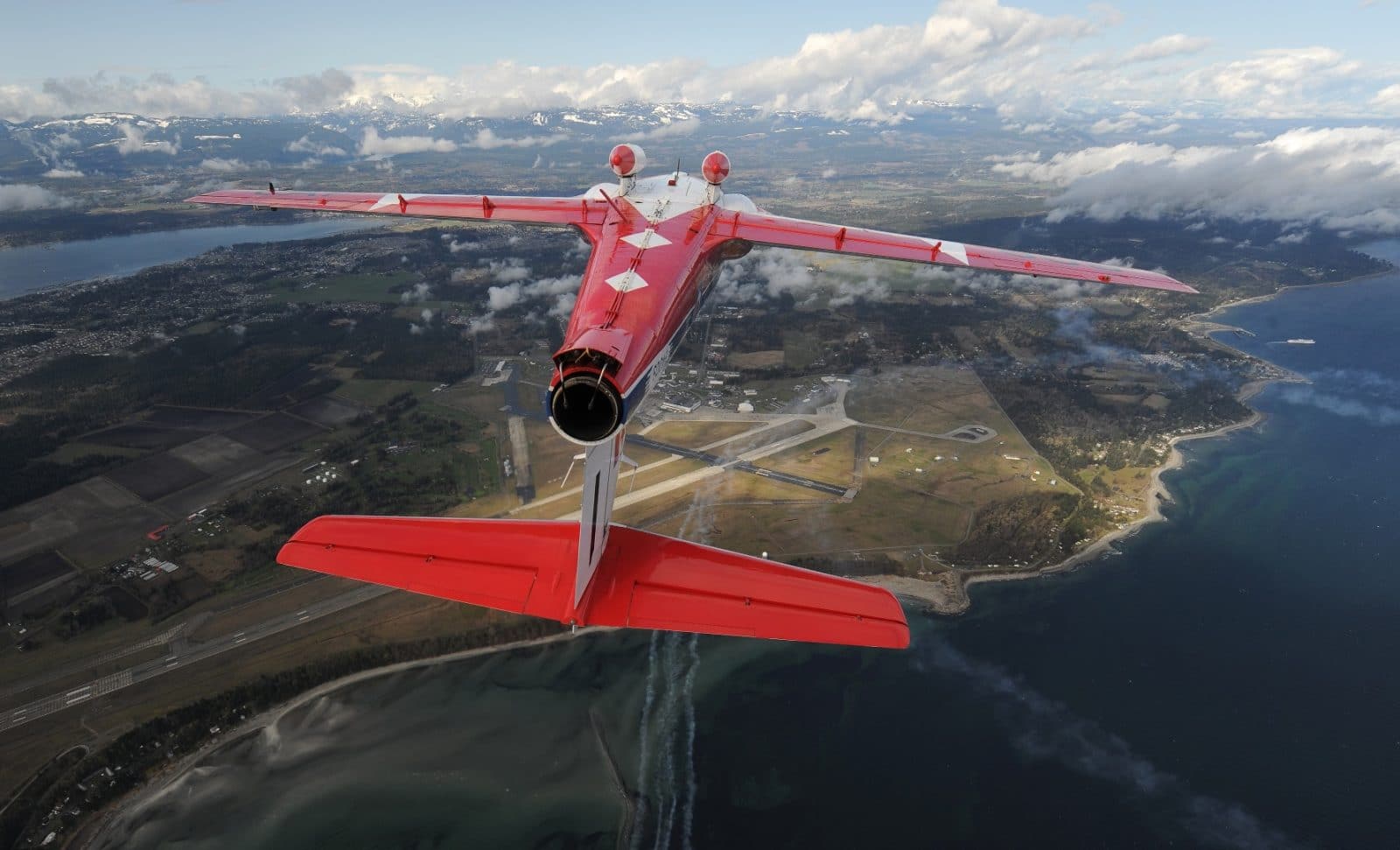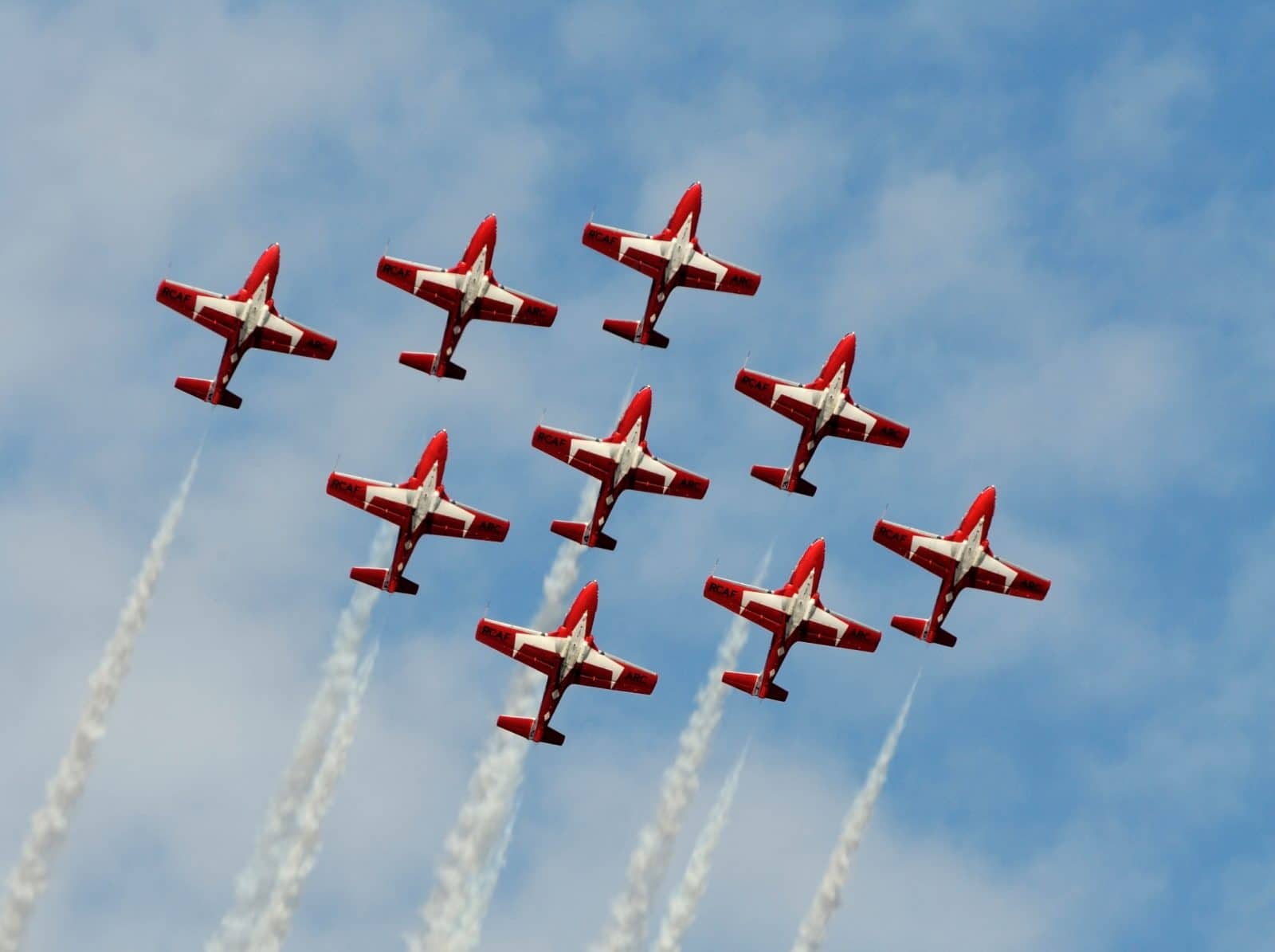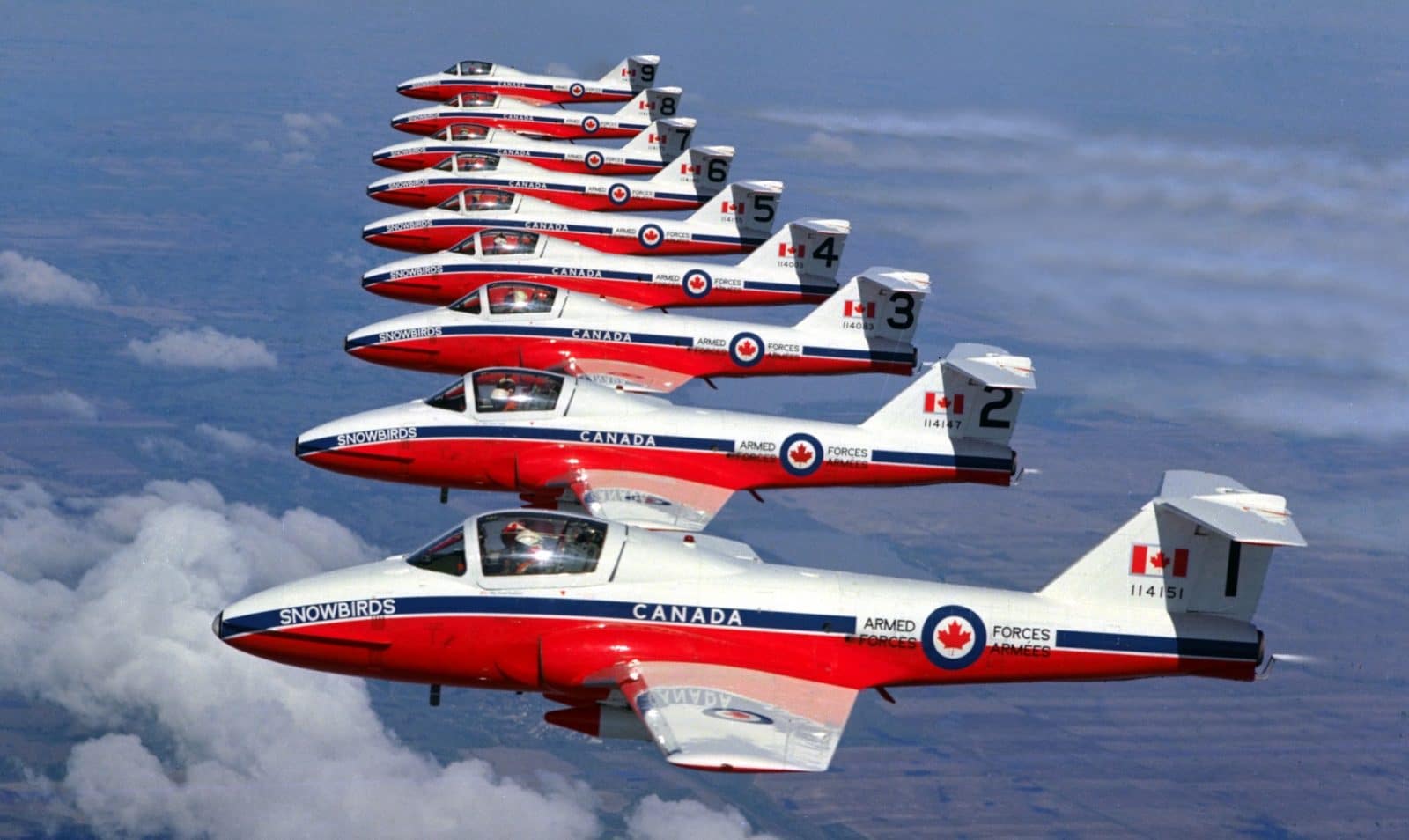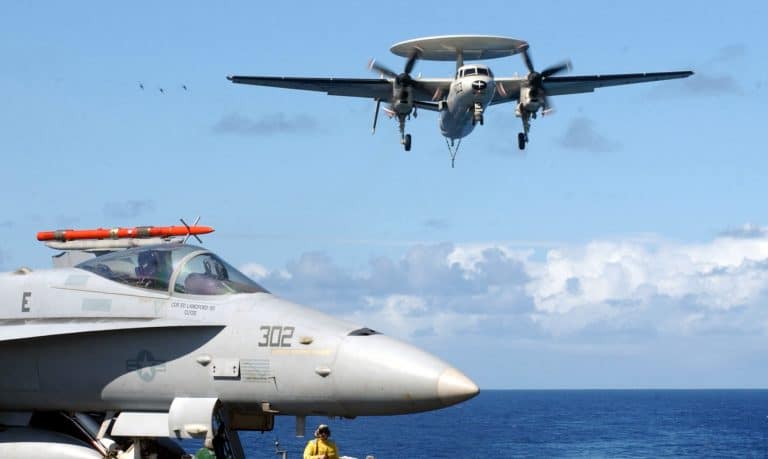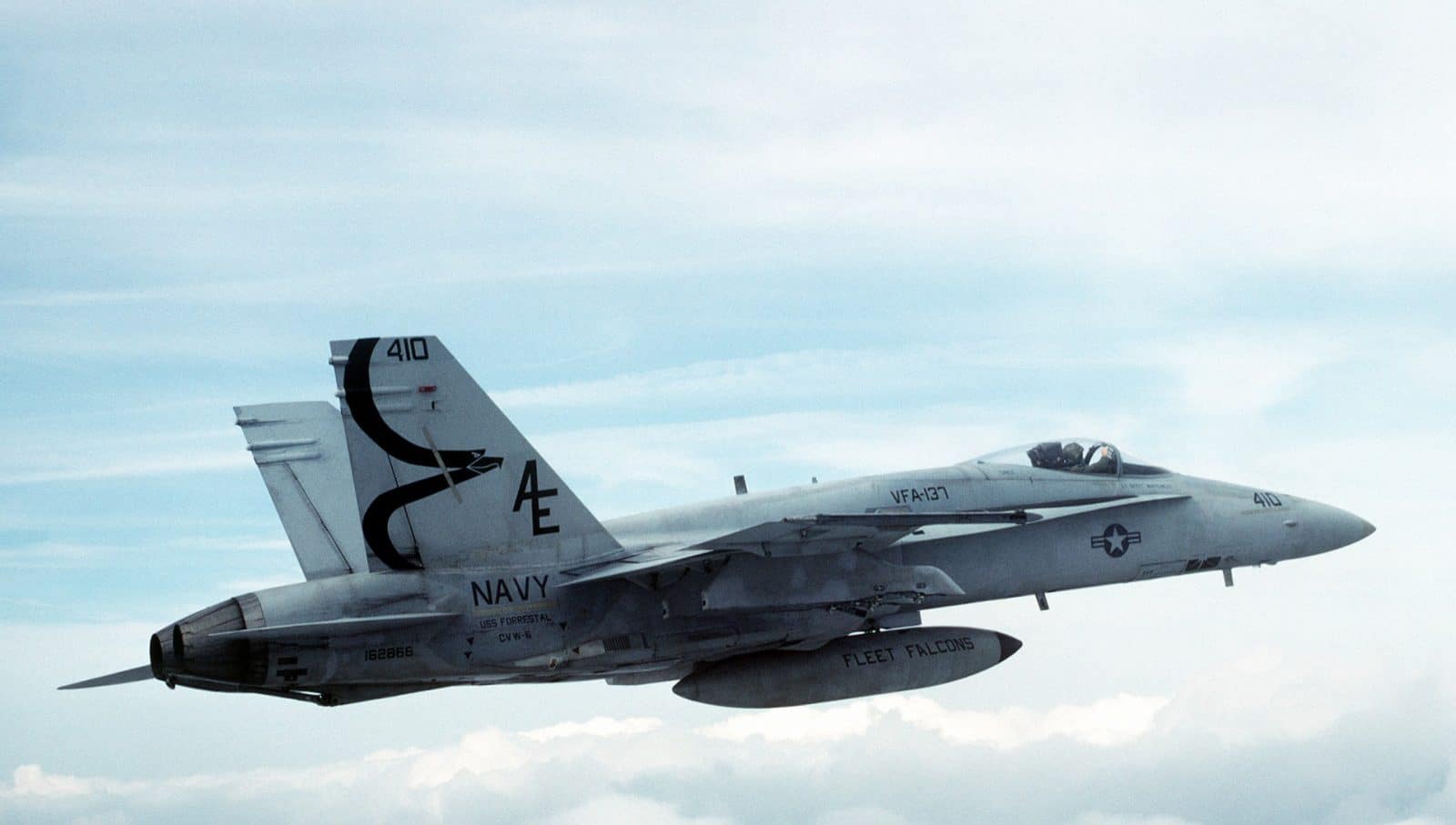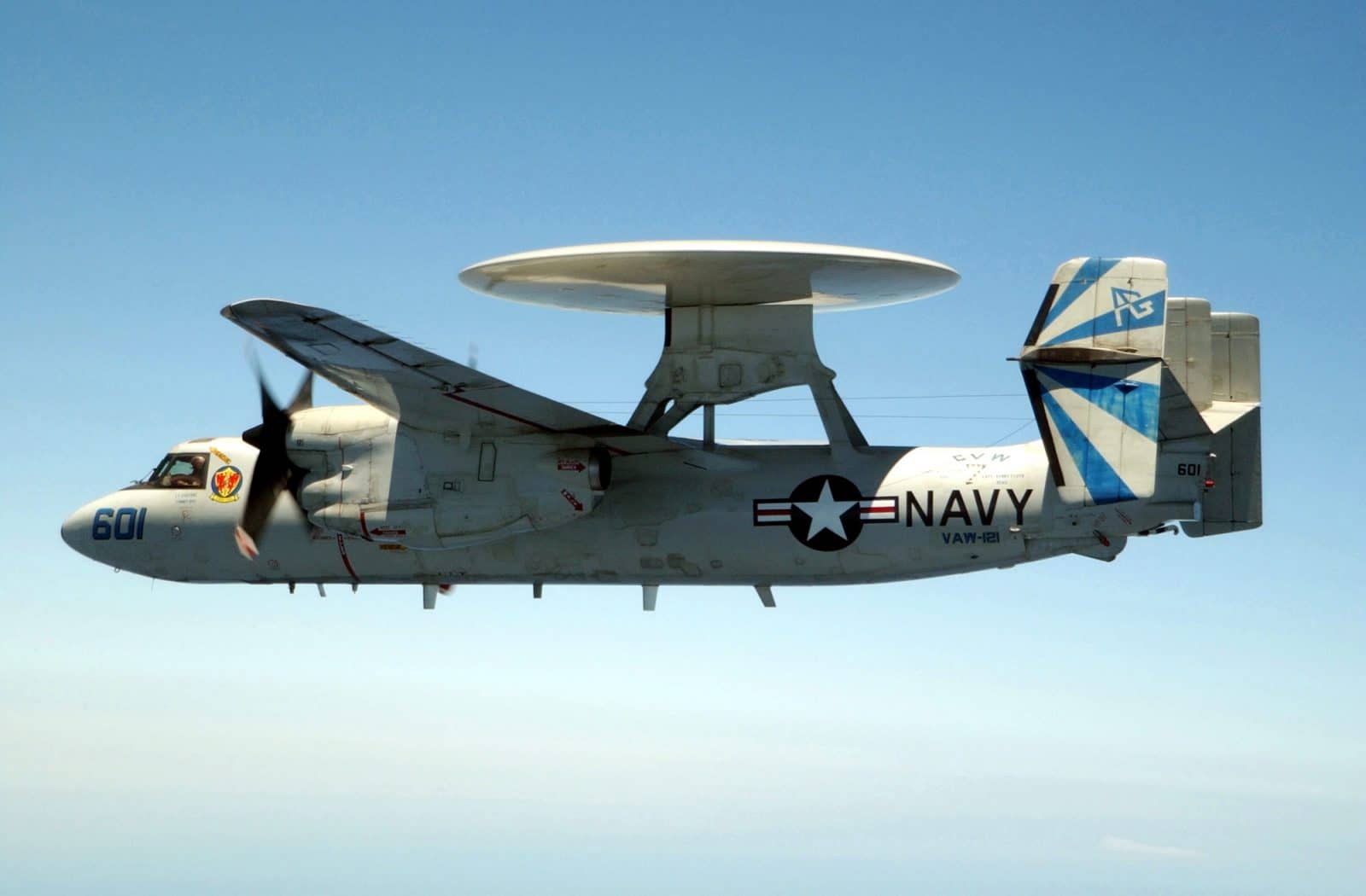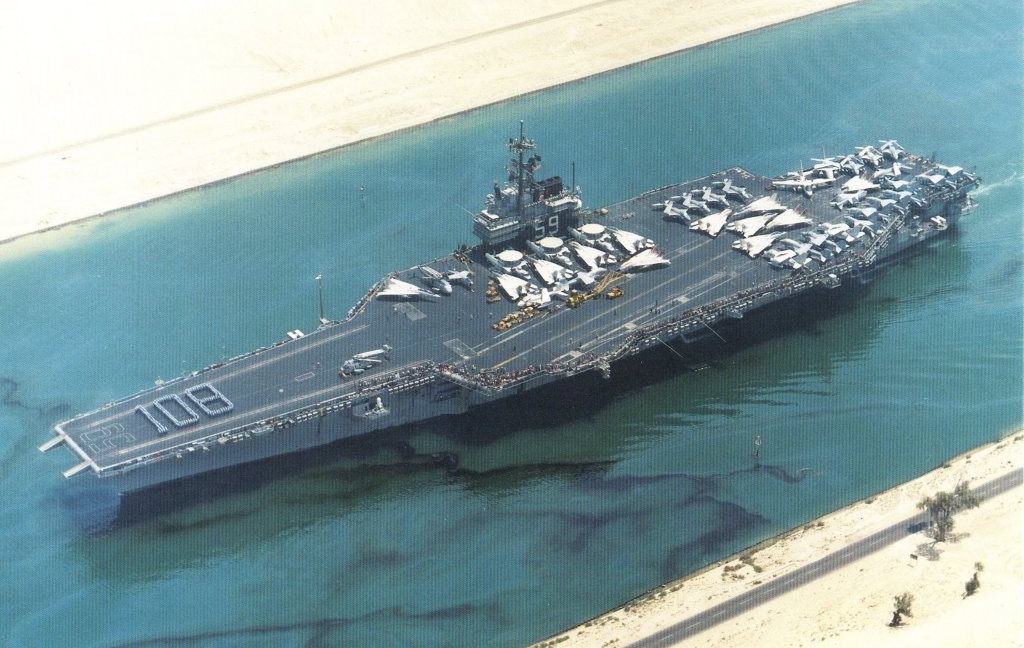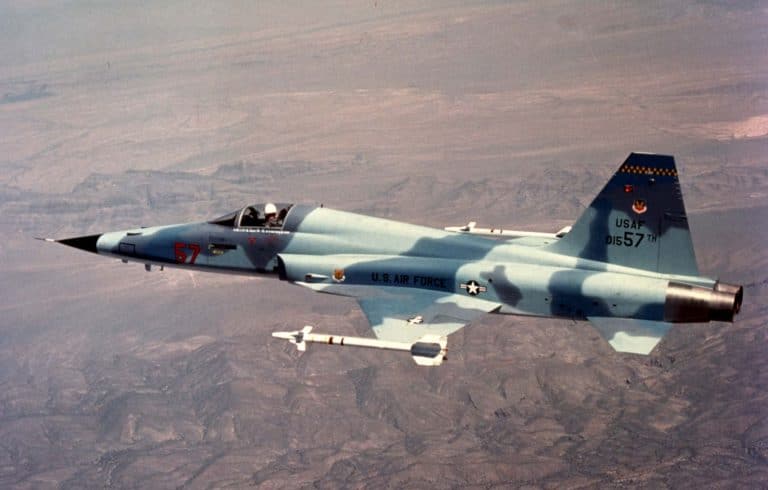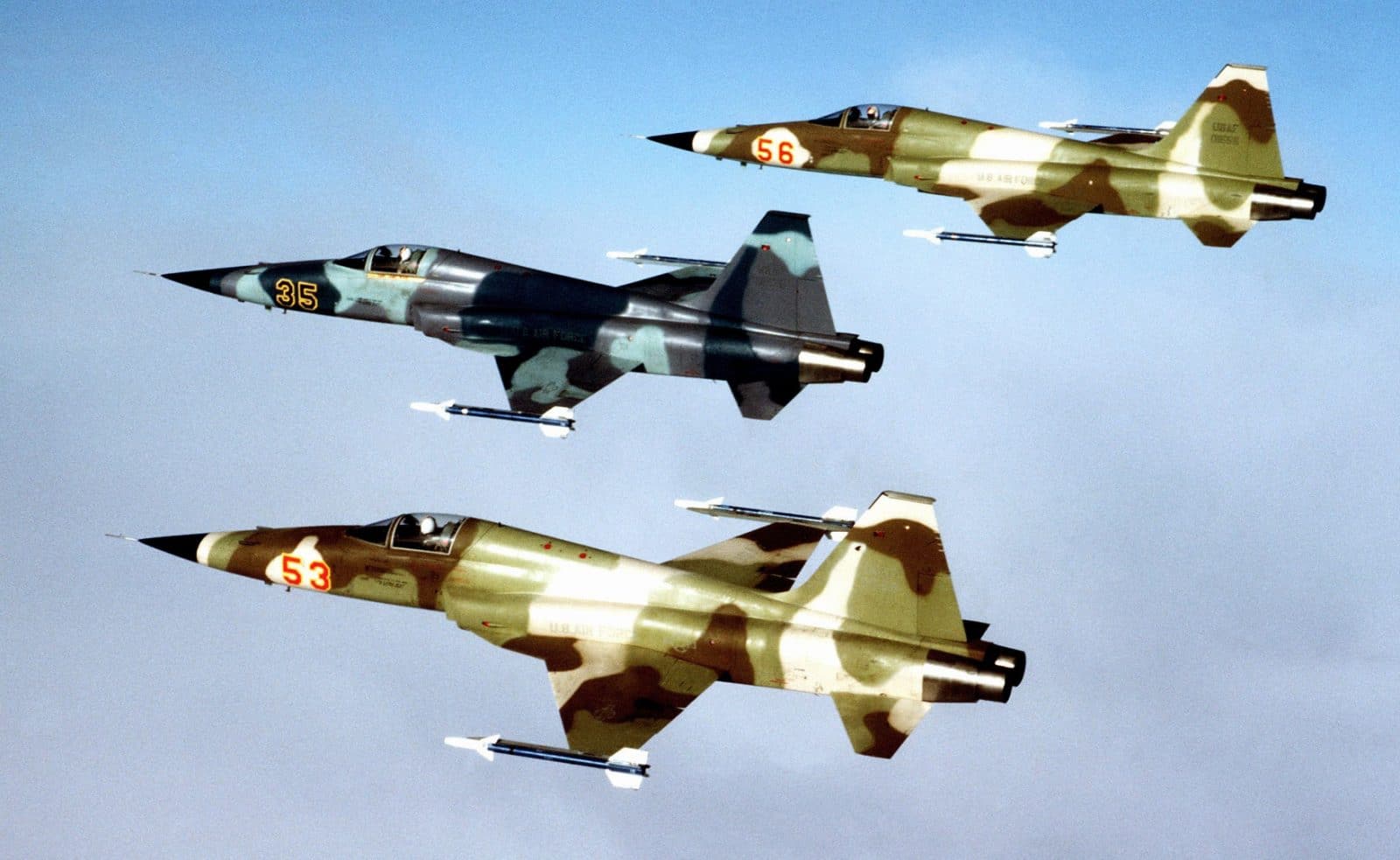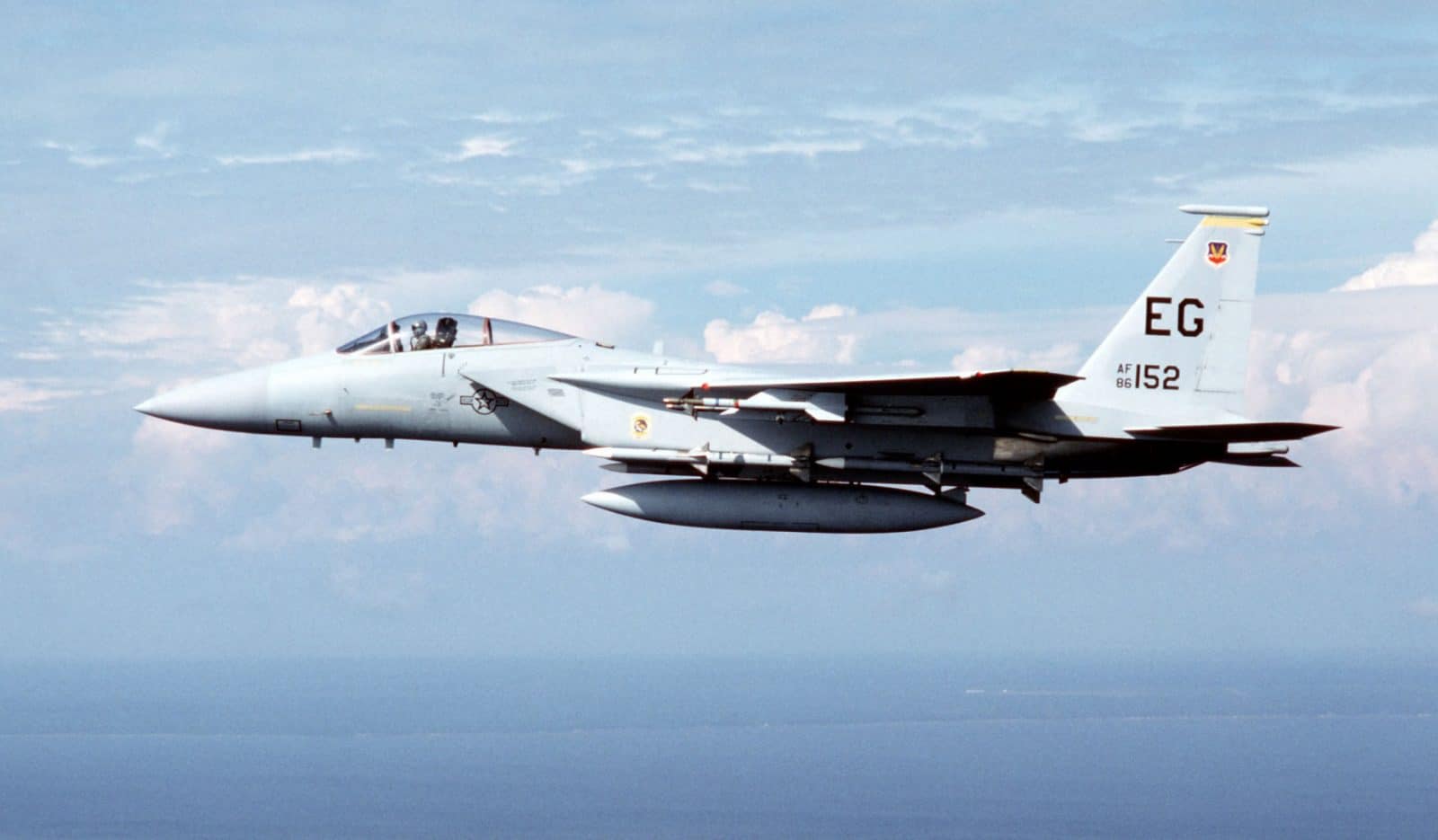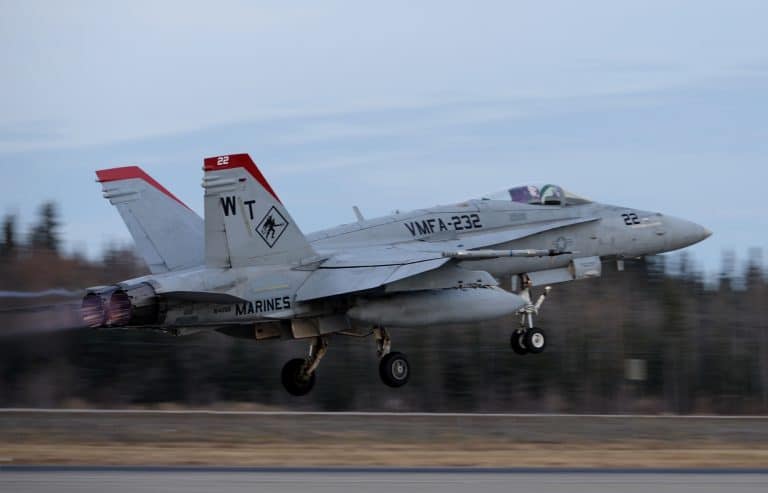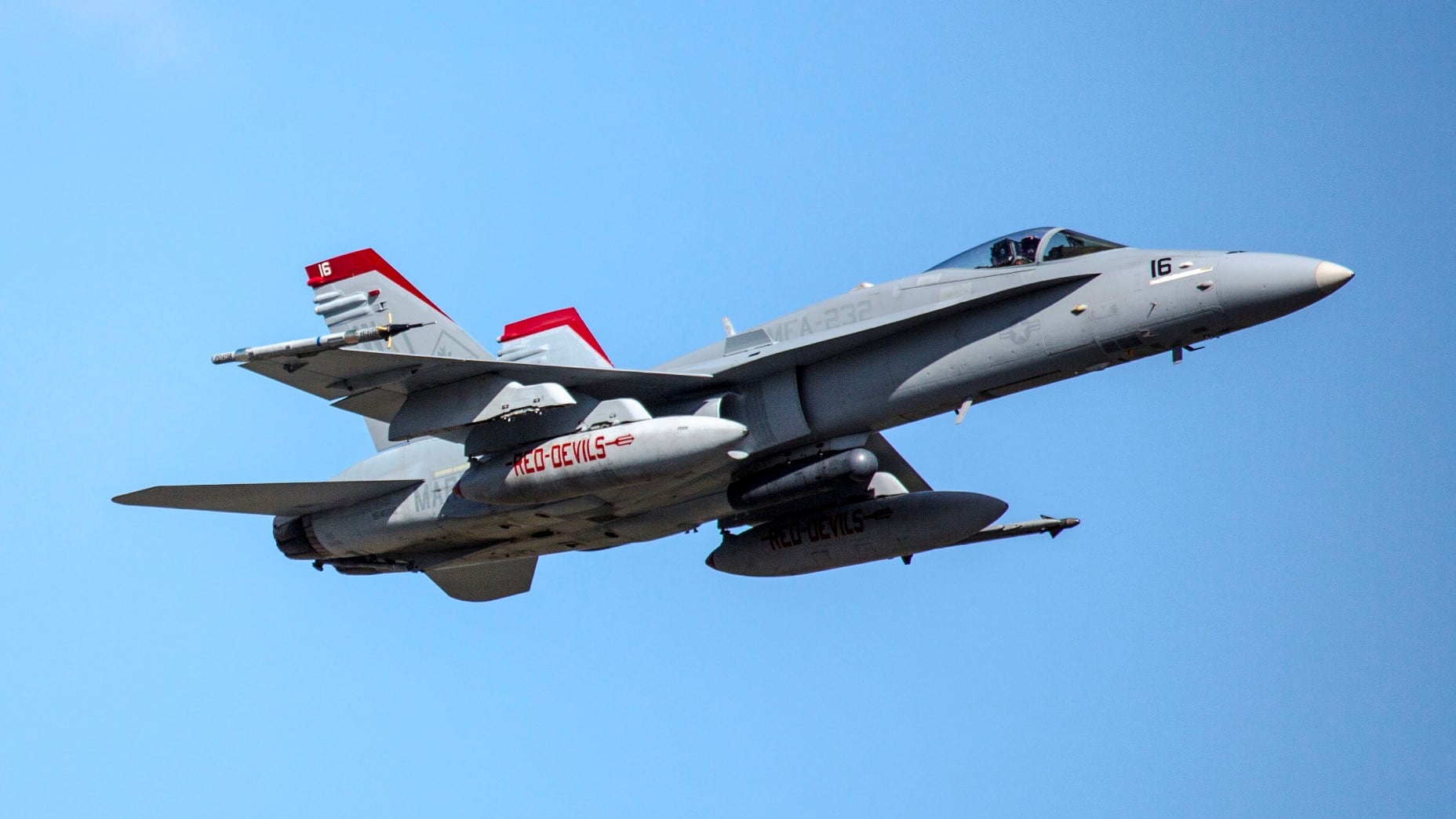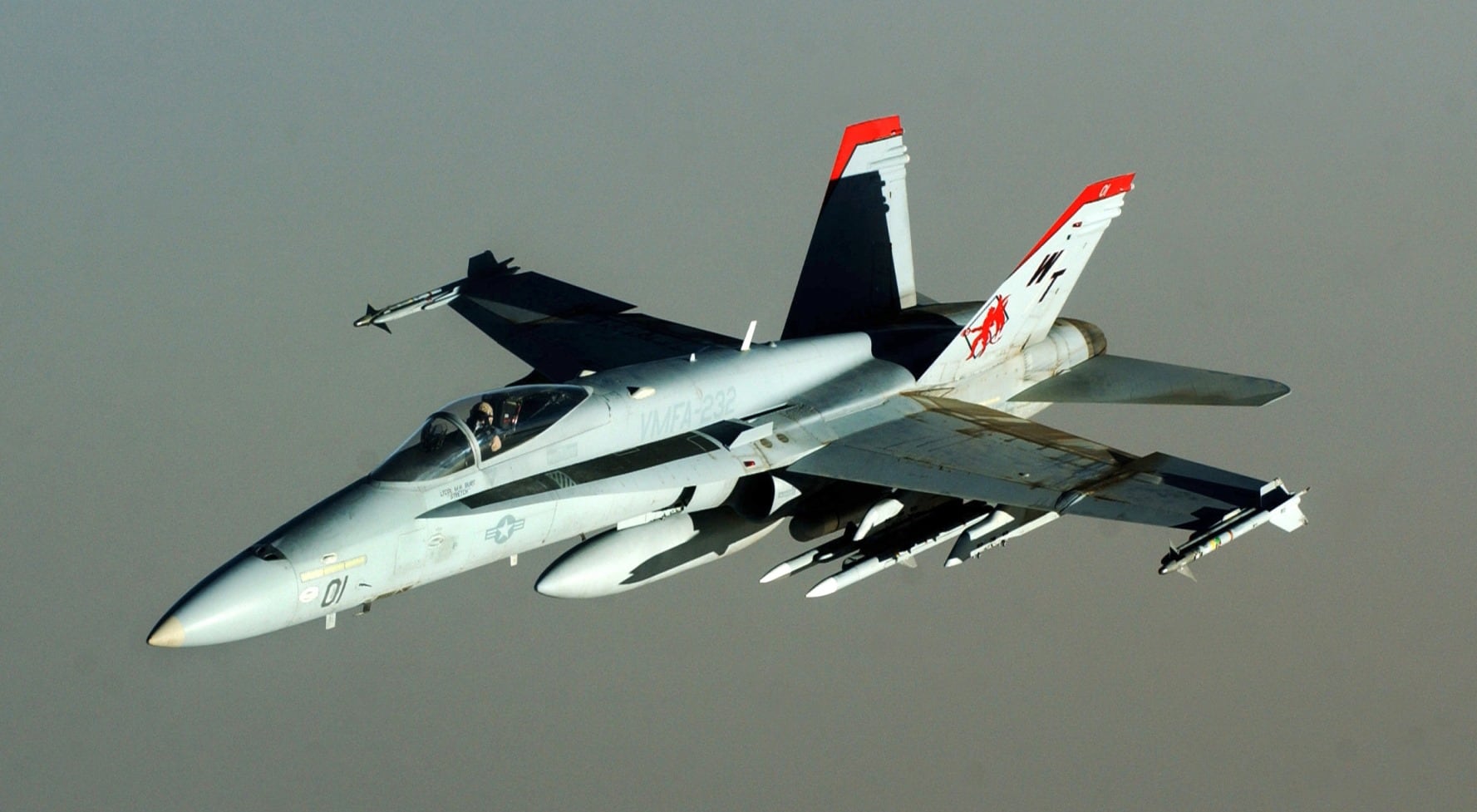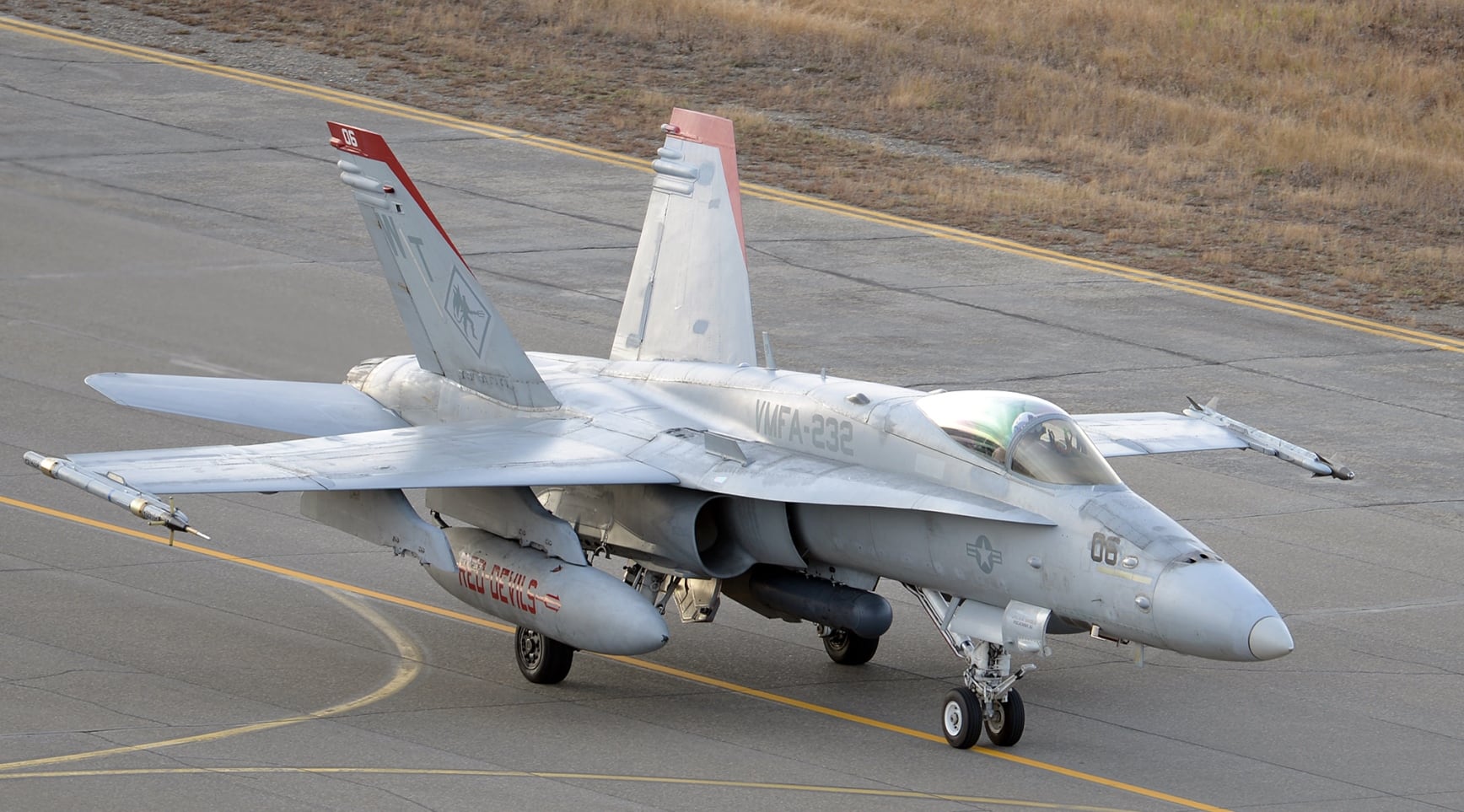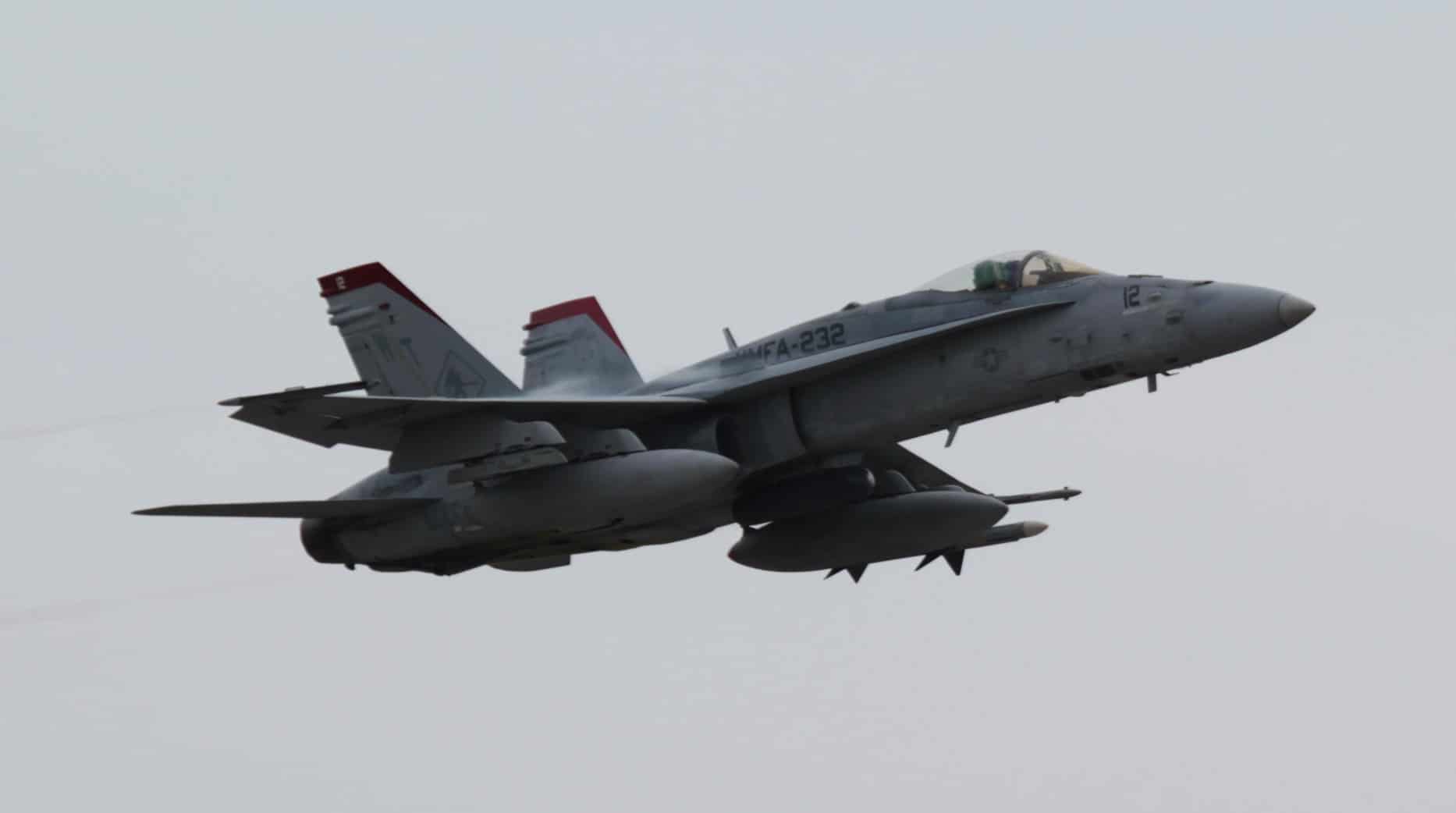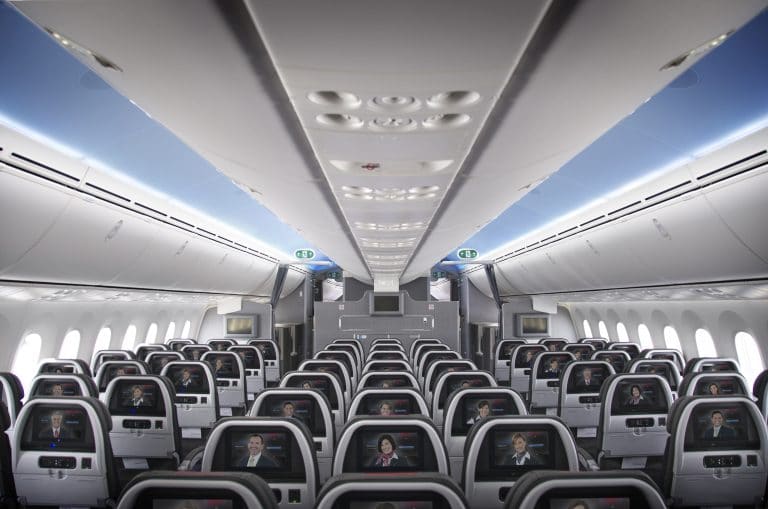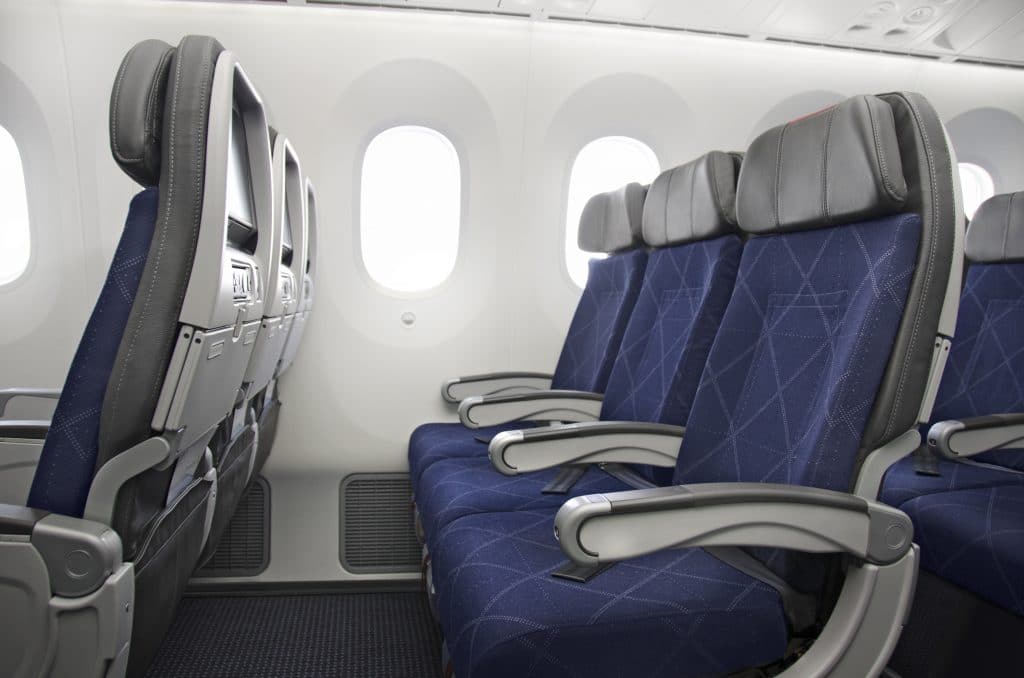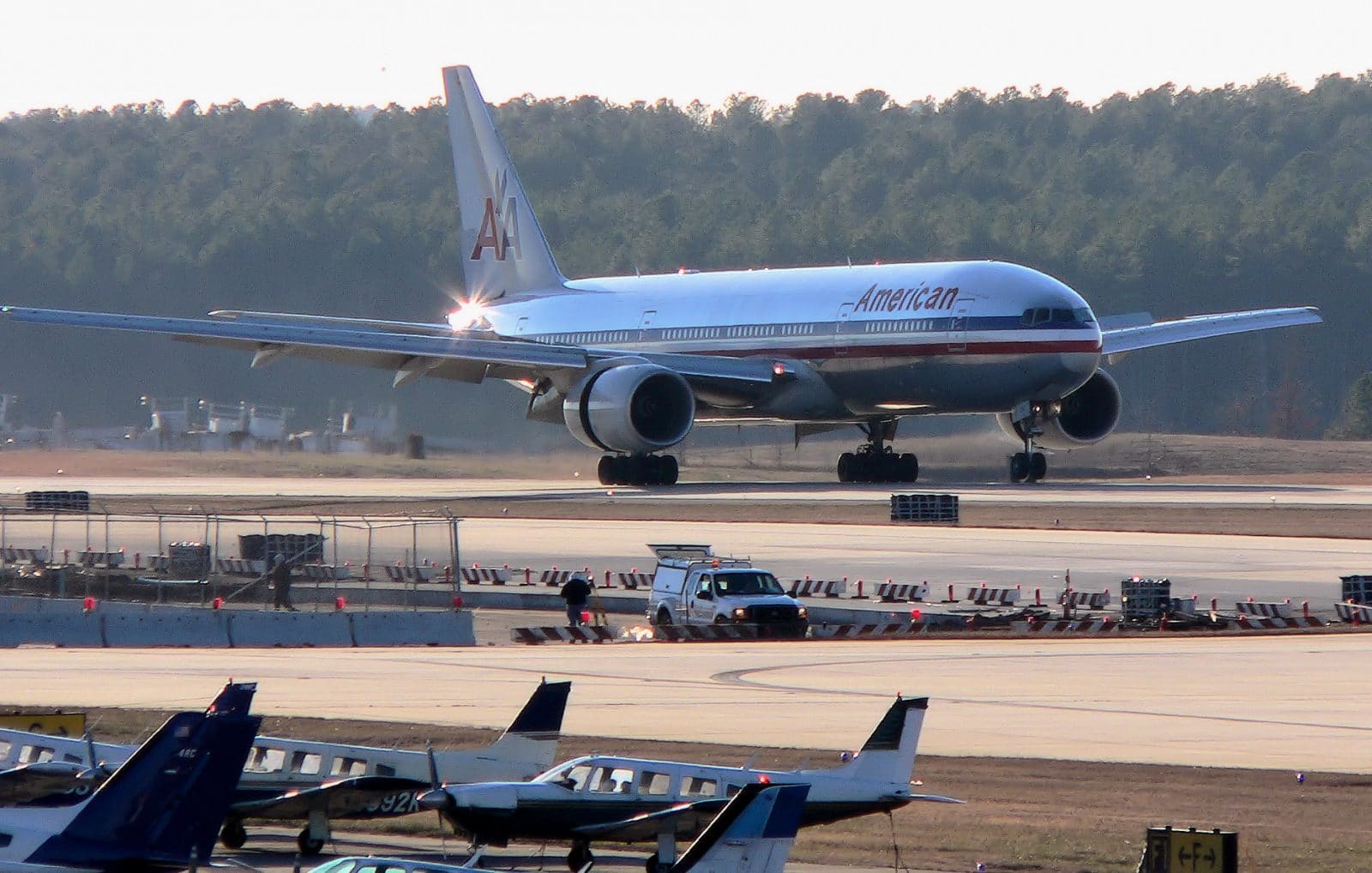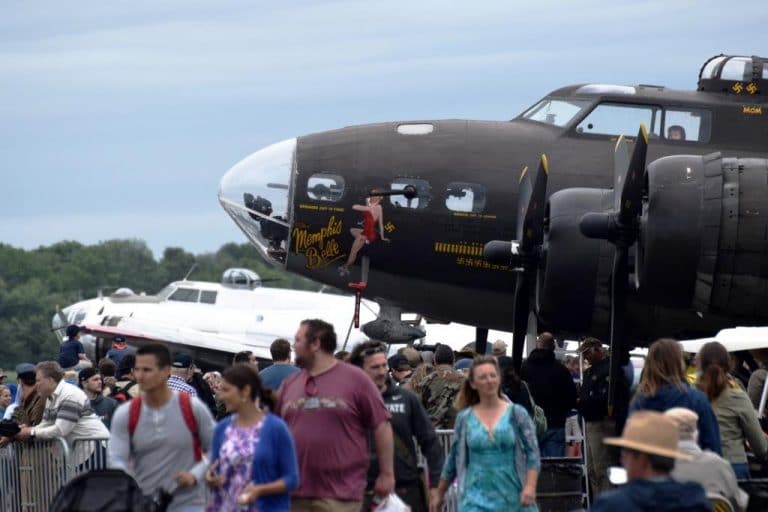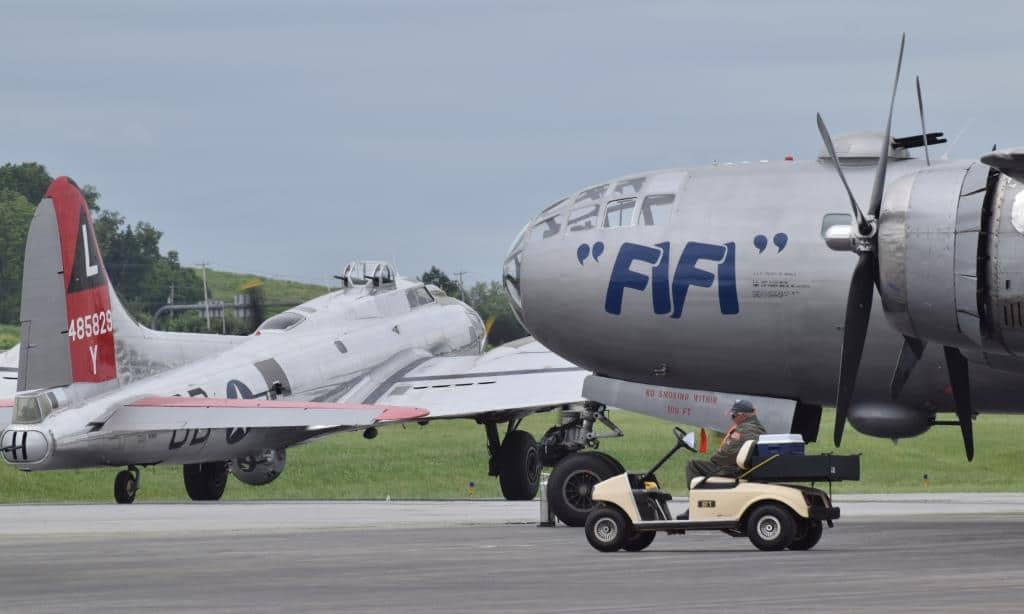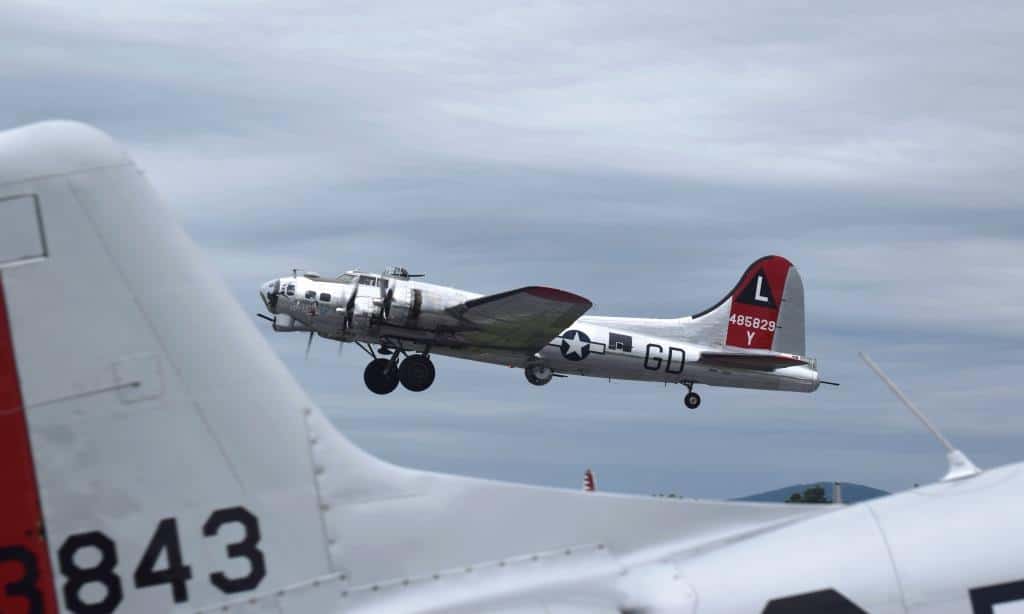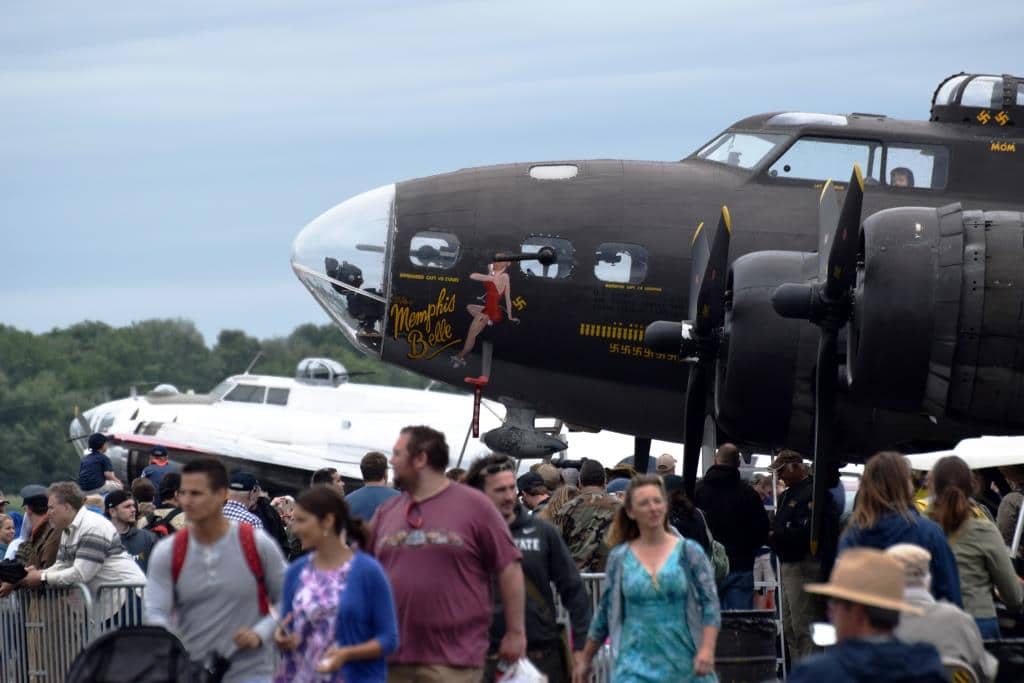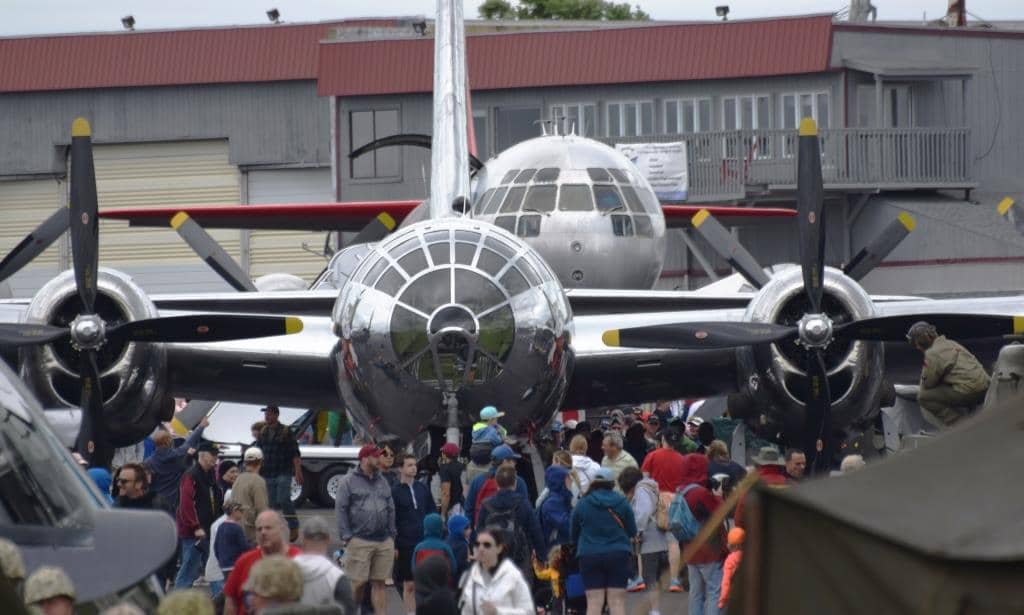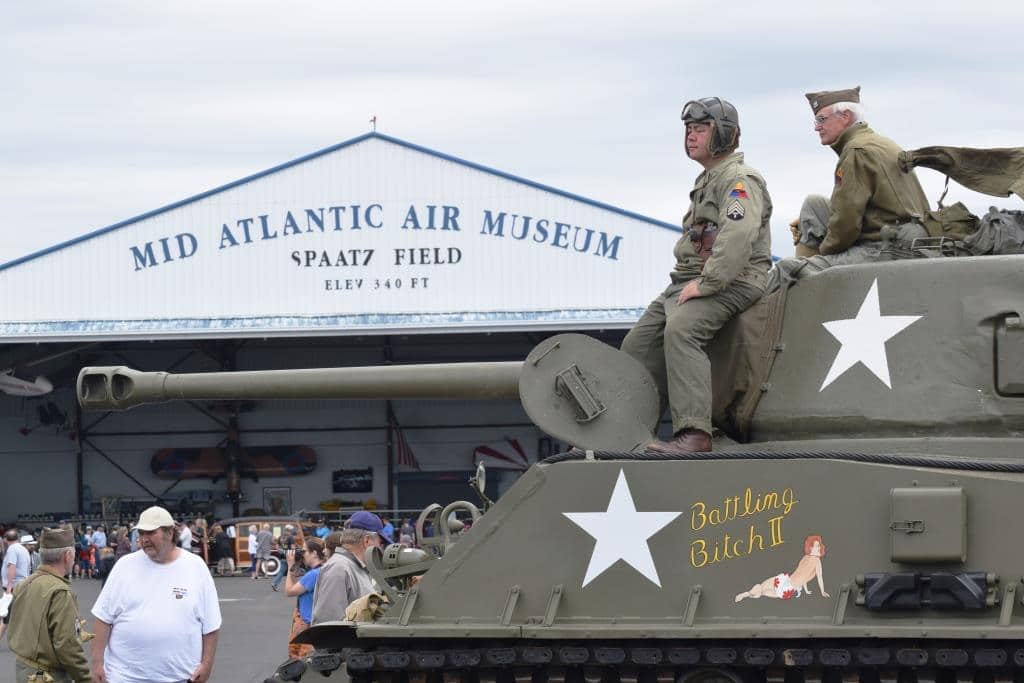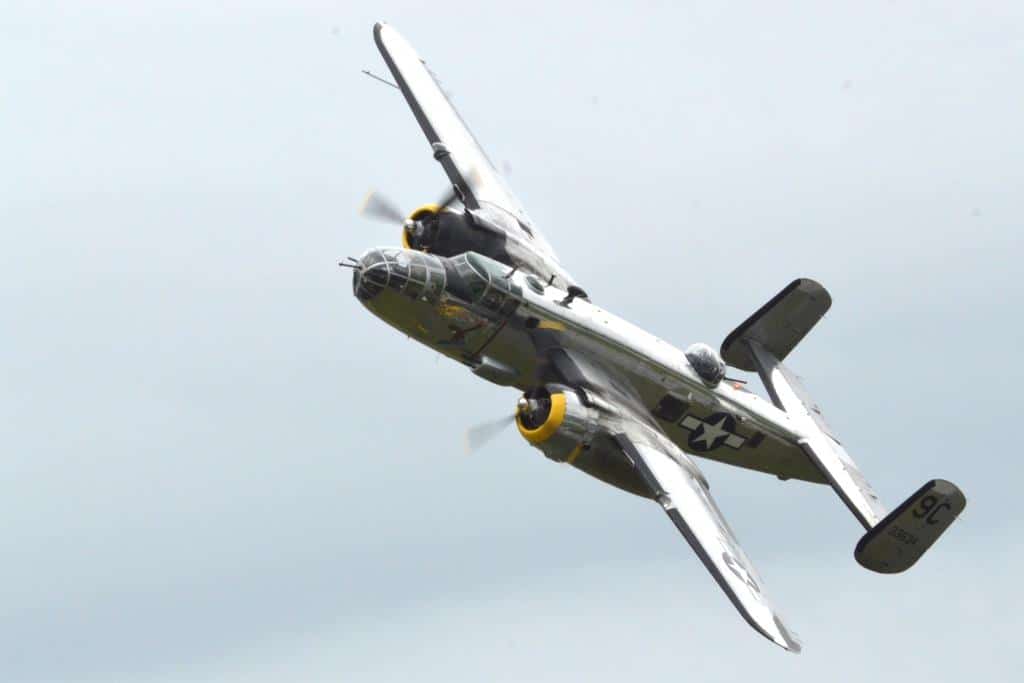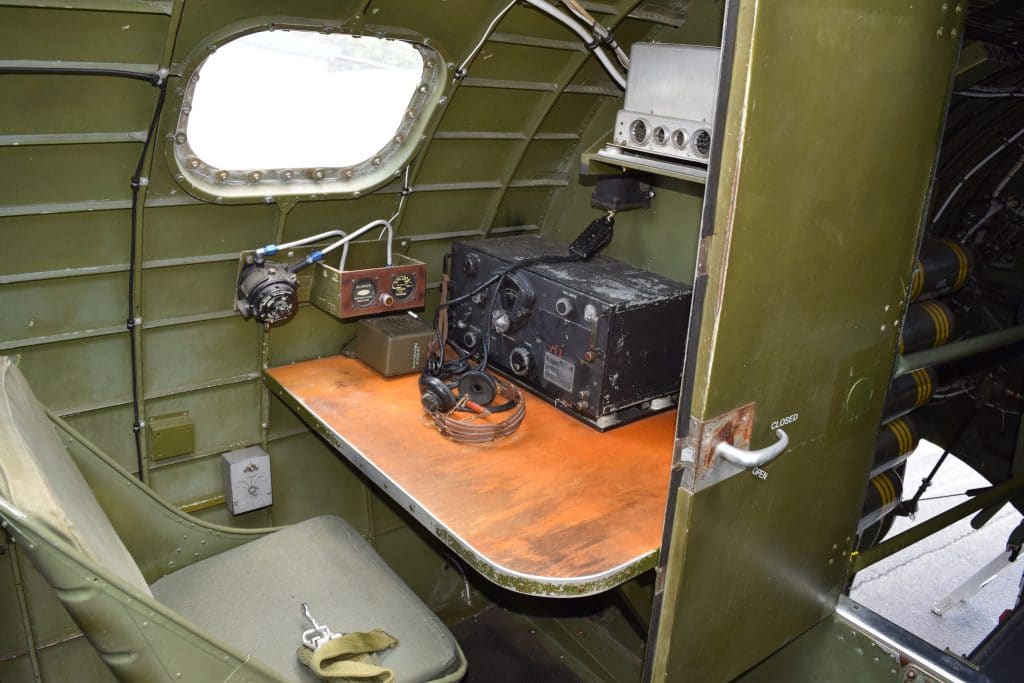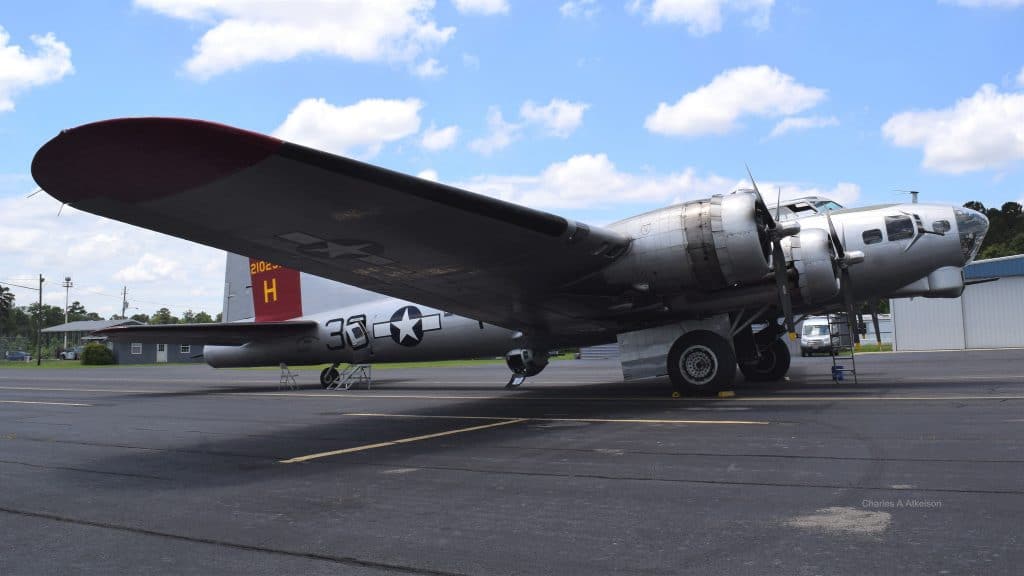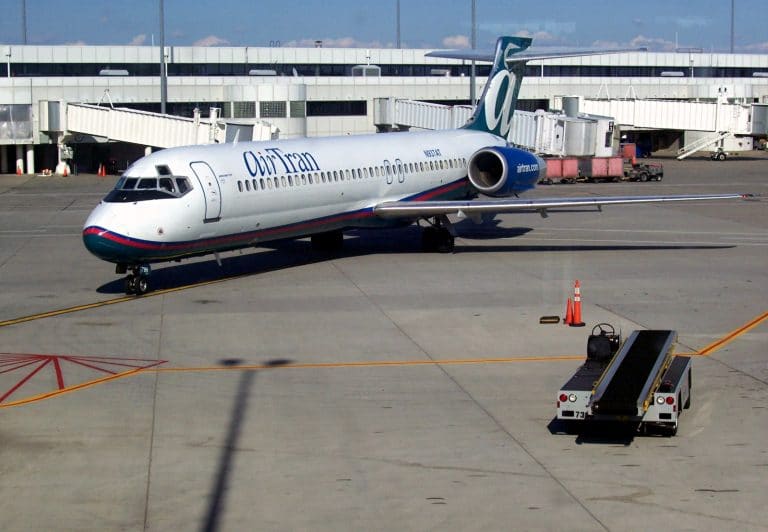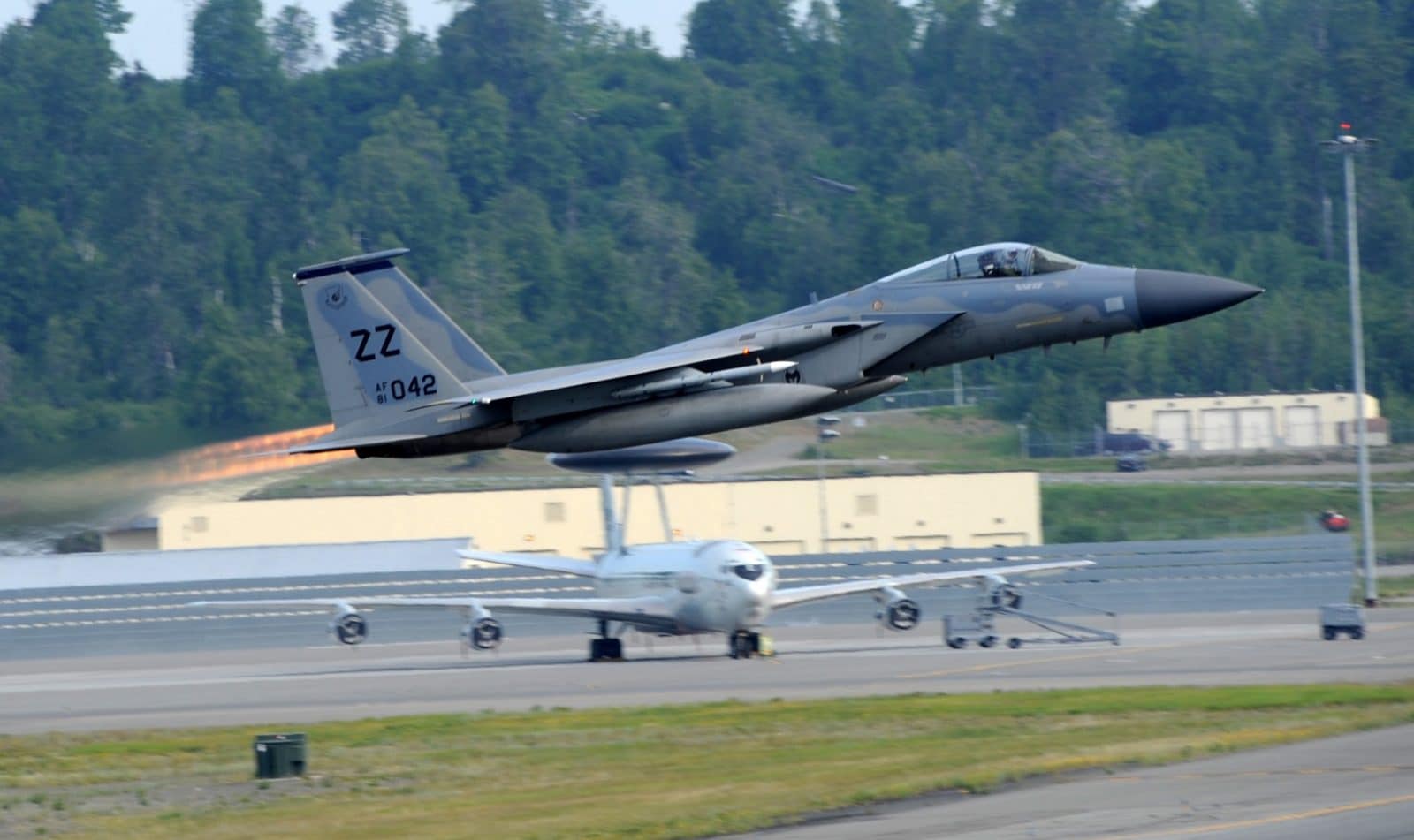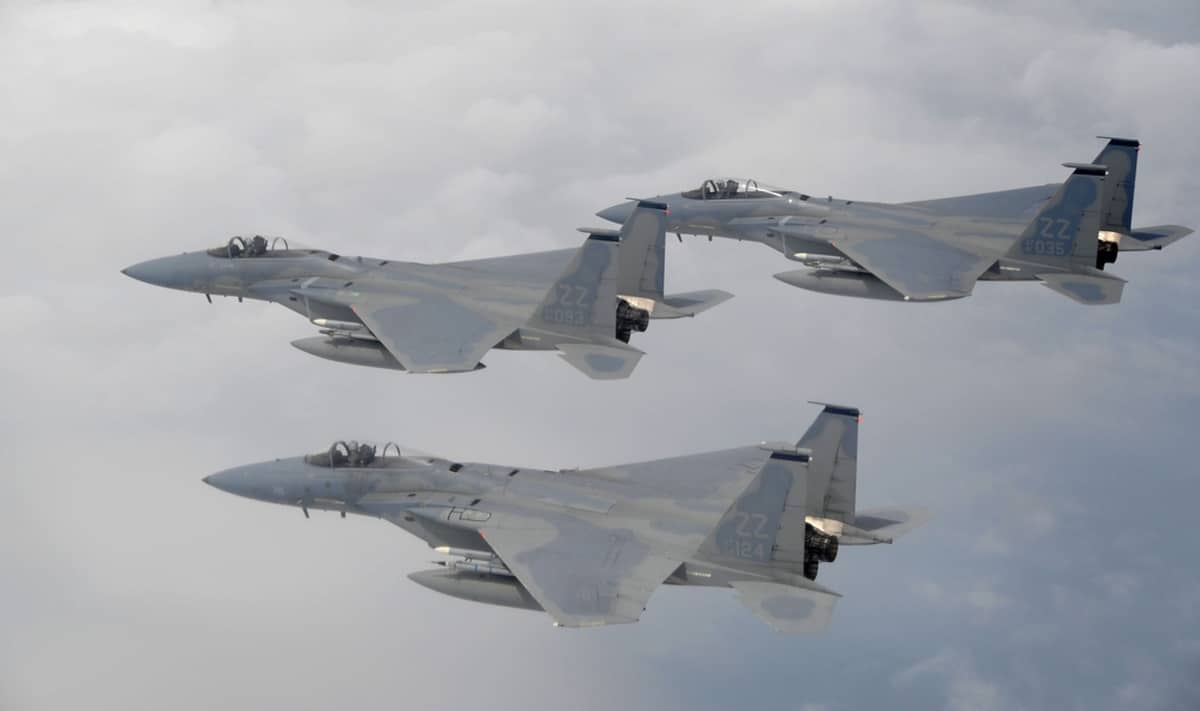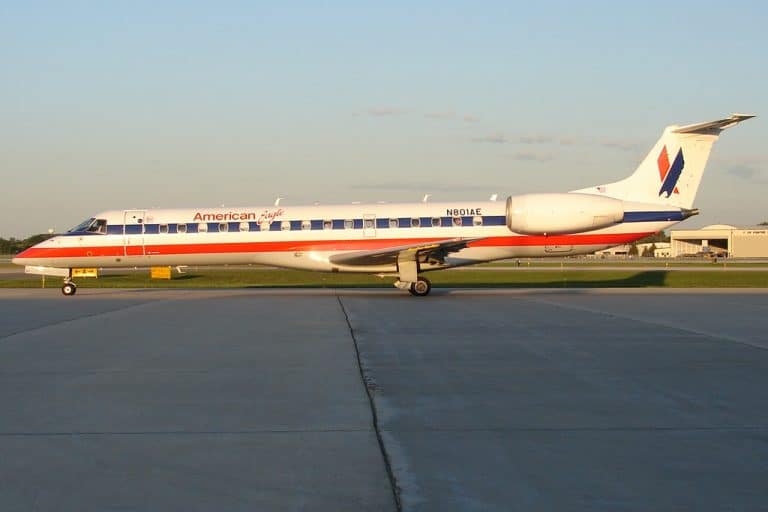If you have ever been to the National Naval Aviation Museum (NNAM) at Naval Air Station (NAS) Pensacola, you have no doubt seen the Blue Angels Atrium. The atrium is impressive enough in its own right, and since it was completed in 1990 it has been used for all sorts of special events and ceremonies. Boasting 10,000 square feet and 75 feet of vertical maneuvering room, the virtual centerpiece of the museum has a centerpiece of its very own.
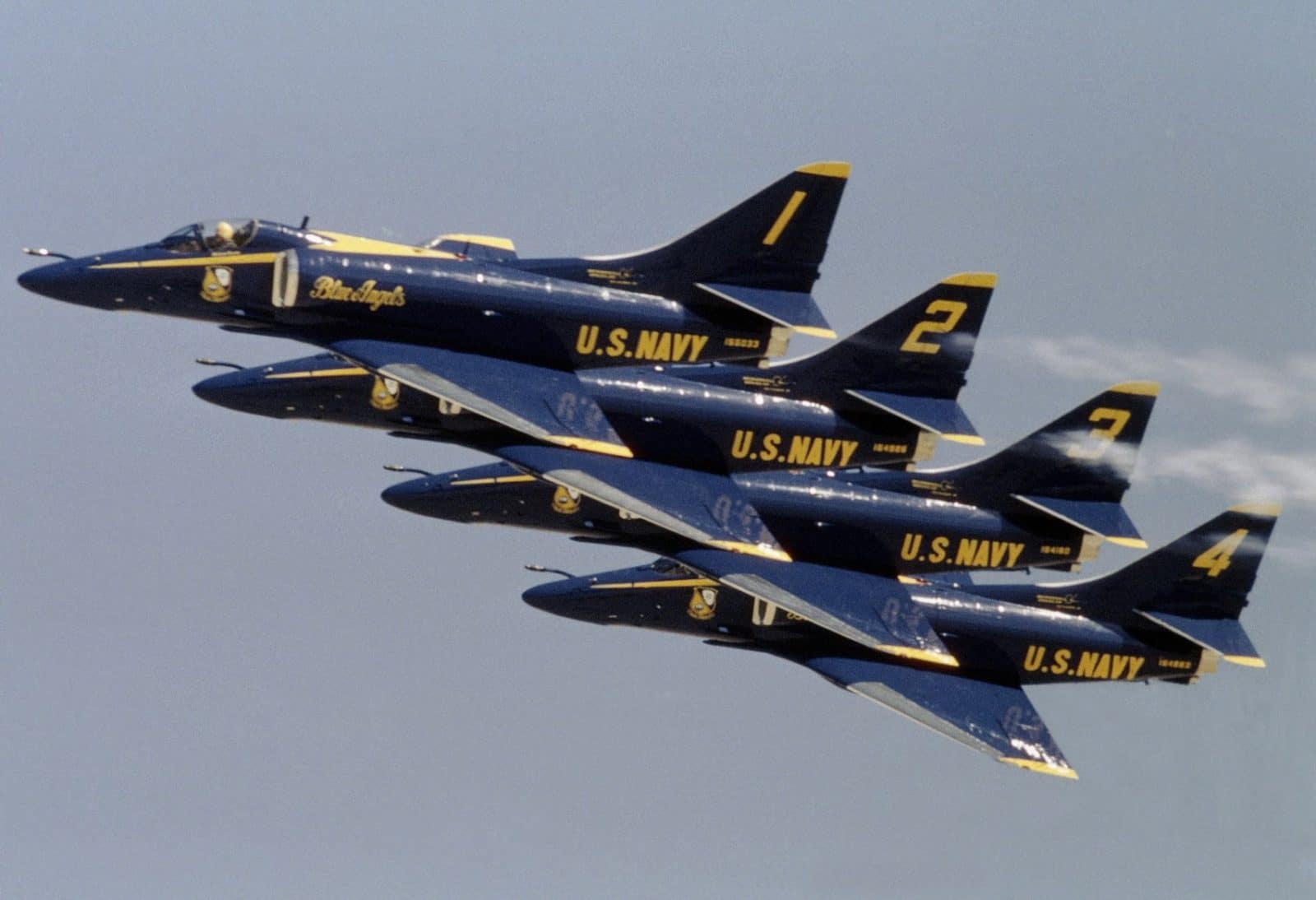
Hanging majestically from the ceiling framework are four very blue McDonnell Douglas A-4F Skyhawk jets flying in a forever perfect diamond formation. The familiar blue and gold high-gloss paint recalls the Blues’ Skyhawk era (12/74-11/86). The aviation archaeologist and Blue Angels fan in all of us might wonder where, when, and with whom these jets served. Not surprisingly all four of the suspended jets flew with the Blues, and all saw combat in Vietnam, but there are a few surprises…starting with Ship #1.

Ship #1 flying lead in the Atrium is actually a TA-4J two-seat trainer with the nose section/cockpit section from an A-4F bolted on. The TA-4J (Bureau Number or BuNo 155076) trained student naval aviators with Training Squadron TWO ONE (VT-21) Redhawks and VT-22 Golden Eagles of Training Wing TWO (TW-2) from 1969 until 1994, when the jet was retired and parked at the 309th Aerospace Maintenance and Regeneration Group (AMARG) at Davis-Monthan Air Force Base (AFB) near Tucson in Airizona.
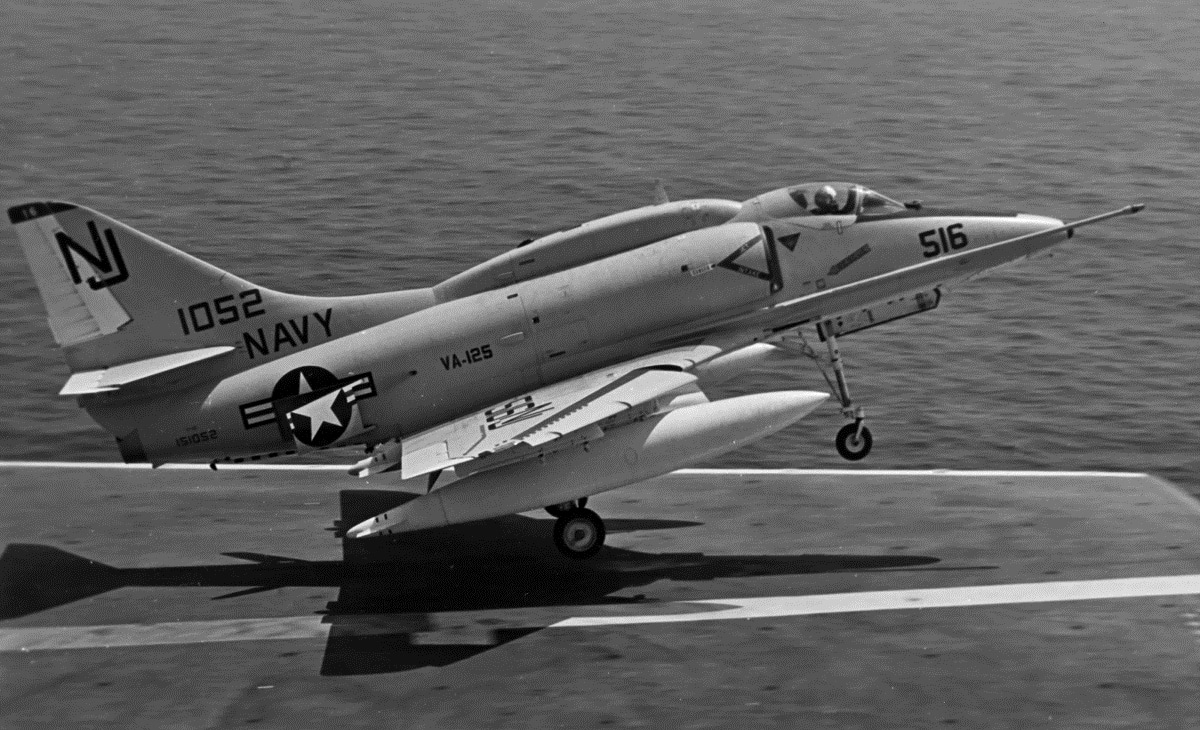
In order for A-4F BuNo 154180 to represent a Blue Angels A-4F, the nose section from 154180 was mated to the still-viable aft fuselage, wings, and empennage from TA-4J BuNo 155076. A-4F BuNo 154180 entered Navy service with US Navy Attack Squadron ONE TWO FIVE (VA-125) Rough Raiders in 1967. The jet was also flown by VA-93 Blue Blazers and VA-23 Black Knights between ’67 and ’69. Marine Attack Squadron TWO ONE ONE (VMA-211) Wake Island Avengers and VMA-311 Tomcats flew 154180 until 1970.
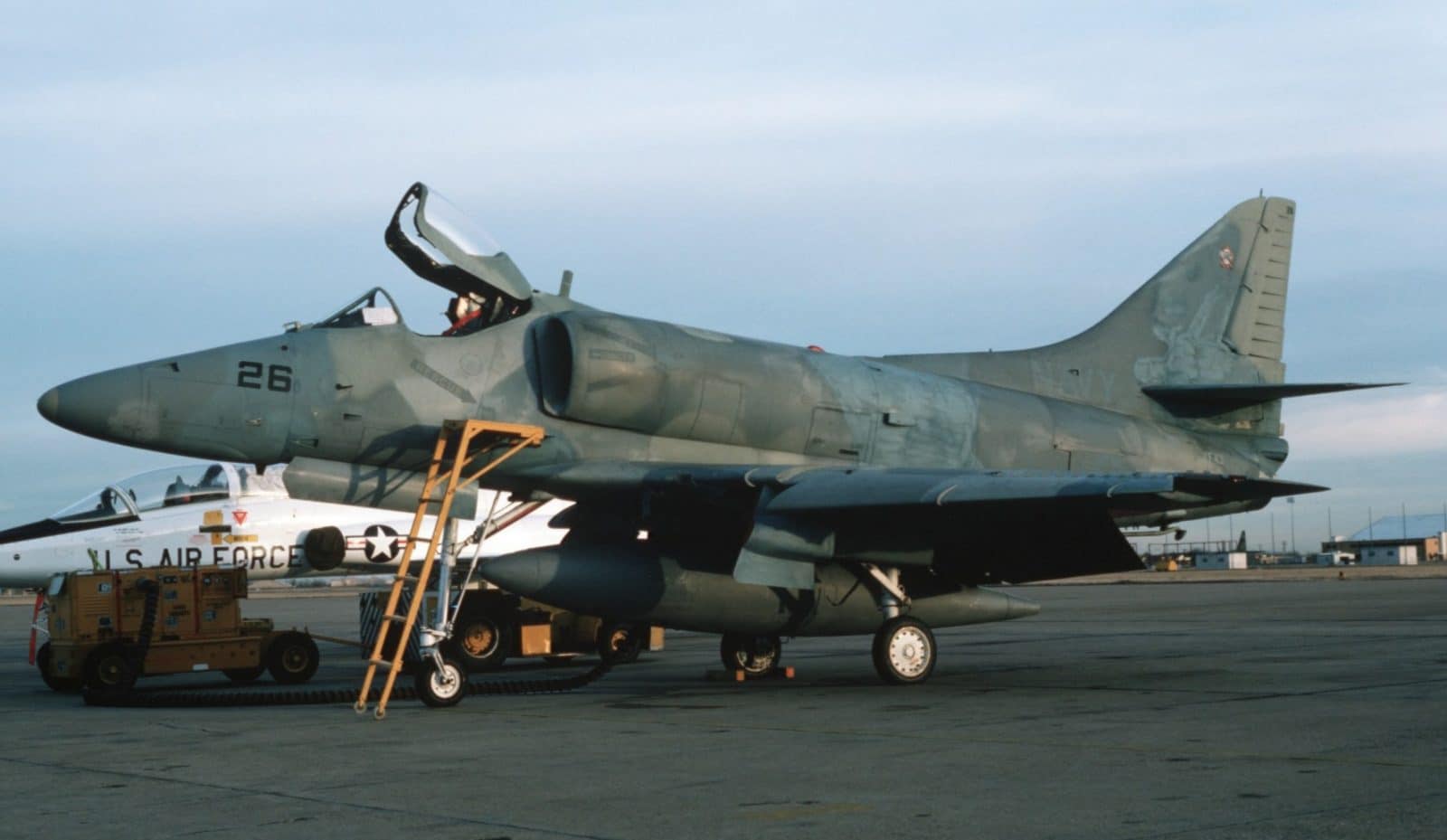
VA-22 Fighting Red Cocks flew the jet from 1970 until 1974, when its assignment shifted to the Naval Air Test Center at NAS Patuxent River. In 1975, the jet went to Fighter Squadron FOUR THREE (VF-43) Challengers to fly the adversary role in air combat training for five years. The Blue Angels began flying 154180 in 1980 and the aircraft flew shows with the Blues right up until they transitioned to the McDonnell Douglas F/A-18 Hornet in November of 1986. Ship #1 was pieced together from 155076 and 154180 for the display at NNAM.

Ship #2 (BuNo 154983) and flying right wing in the Atrium, entered Navy service in 1967 with VA-212 Rampant Raiders. VA-55 Warhorses began flying the jet in 1969, followed by VA-125 Rough Raiders and VA-144 Road Runners in 1970. For the next two years 154983 flew with none other than “Pappy” Boyington’s own VMA-214 Black Sheep. After serving with VA-127 Royal Blues between late 1972 and 1975, the jet was selected as one of the original Blue Angels A-4F Skyhawks and flew with the Team for several years before retirement and eventual display at NNAM.

Ship #3 (BuNo 155033) and flying left wing overhead, entered Navy service in 1968 with VA-125 Rough Raiders. The jet finished out the 1960s flying with VA-153 Blue Tail Flies and VA-164 Ghost Riders. The 1970s began with 155033 assigned to VMA-223 Bulldogs. After five years with the Marines the jet went to Composite Squadron SEVEN (VC-7) Red Tails at NAS Miramar until 1978, when 155033 went east to continue serving as an adversary aircraft, but with VF-43 Challengers.

After helping to keep East Coast fighter pilots on their toes for a few months with VF-43, the jet was called to duty with the Blue Angels in 1978. But 155033 seemed destined for adversary work, going back to Miramar with VC-7 again in 1979 before returning to the Blues for part of the 1980 season. Miramar welcomed the jet back once again for a final time before retirement, but this time for duty with the Naval Fighter Weapons School…or TOP GUN.
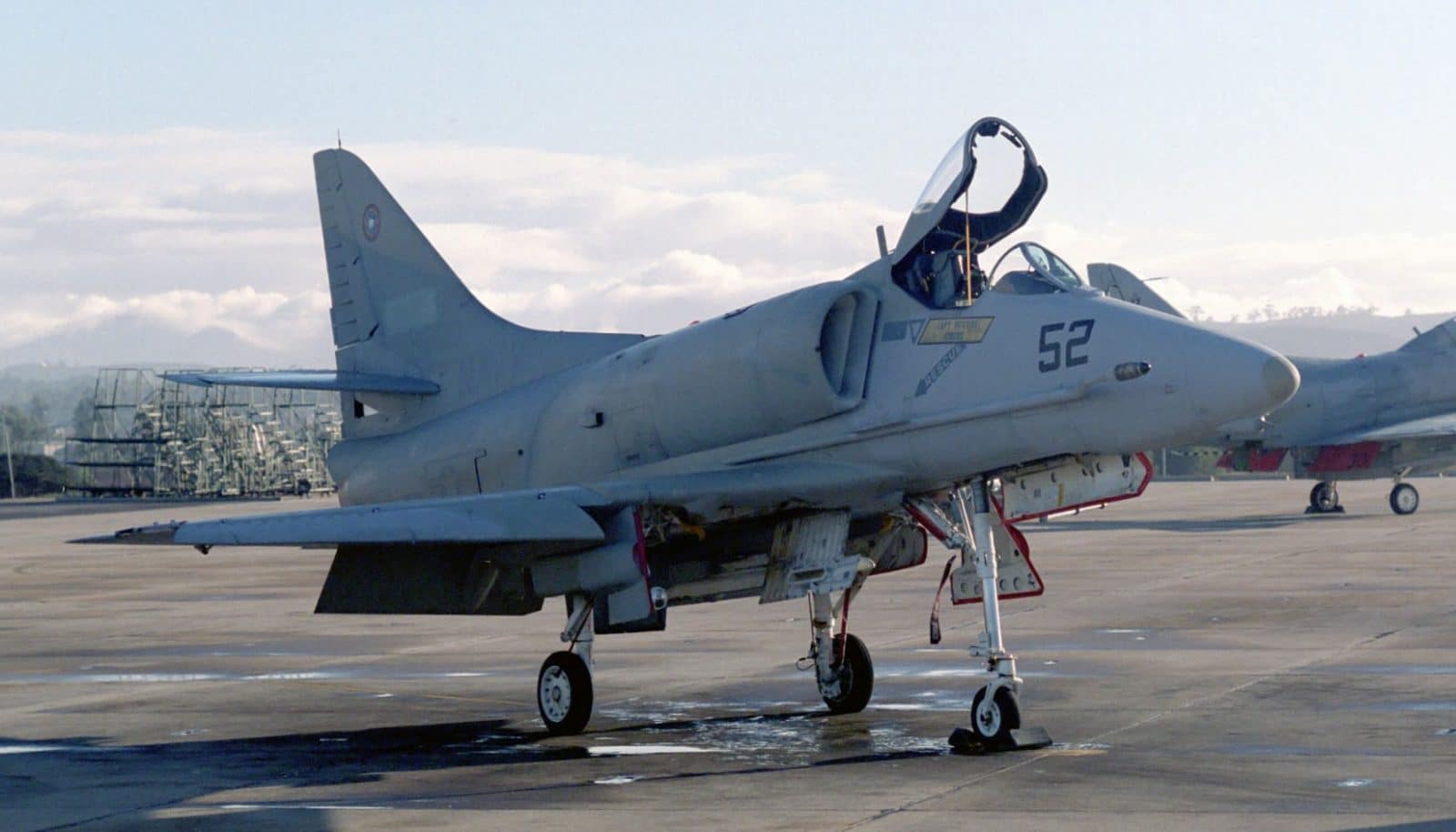
Ship #4 (BuNo 154217) and flying slot in the Atrium, entered Navy service in 1967 with VA-113 Stingers. Duty and combat with VA-22 Fighting Red Cocks followed. In 1971 154217 went to the Marines as the only A-4F to serve with Headquarters and Maintenance Squadron ONE THREE (H&MS-13) Outlaws. Soon thereafter VMA-214 Black Sheep flew the jet. Between 1971 and 1975, 154217 saw service with VA-127 Royal Blues, VMA-214 yet again, and VMA-223 Bulldogs.
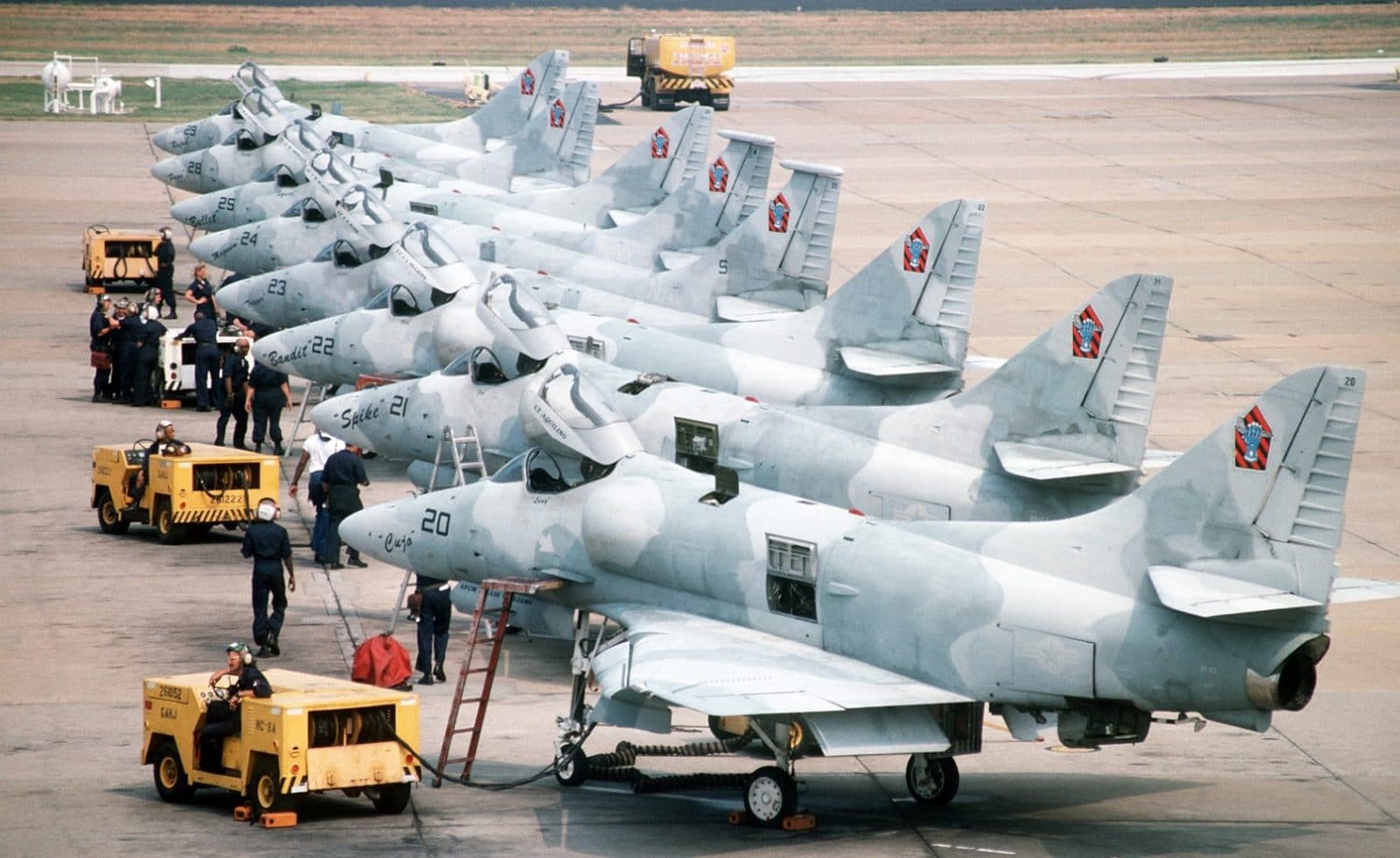
Assigned to VC-7 Red Tails at Miramar beginning in 1975, 154217 spent the next four years flying adversary and target towing sorties in sunny Southern California. Called east for duty with VF-43 Challengers in 1979, the jet swapped coasts and climes but not roles. Adversary missions against East Coast F-4 Phantom and F-14 Tomcat pilots filled most of the aircraft’s logs. It wasn’t until 1984 that 154217 wore blue and gold, staying on the Team until replaced in 1986…by those pesky Hornets.

Many believe the Blues were at their best when flying the Skyhawk. The Blue Angels Atrium at NNAM pays tribute to those dangerous but seemingly simpler days. The author would like to acknowledge the A-4 Skyhawk Association and the Forgotten Jets websites used (with several others) to cross-check and verify the historical data presented in the piece. Skyhawks Forever!

